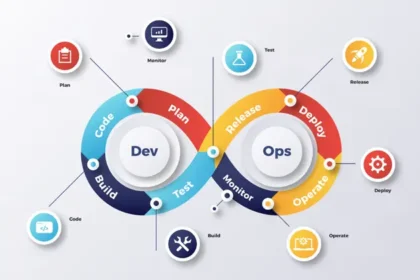In today’s dynamic business environment, bridging the gap between finance and operations is essential for achieving organizational resilience. This strategic alignment ensures that companies can effectively navigate challenges and capitalize on opportunities, fostering long-term sustainability.
As businesses face increasing complexity and volatility, the need for a cohesive approach between finance and operations becomes more critical. By integrating financial insights with operational execution, organizations can enhance their ability to adapt to change. This collaboration is not just about sharing information but about creating a unified strategy that leverages the strengths of both departments.
Strategies for Effective Collaboration
To bridge the gap between finance and operations, organizations must adopt strategies that promote integration and alignment. One effective approach is to establish cross-functional teams that include members from both departments. These teams can work together to develop and implement strategies that consider both financial constraints and operational capabilities. FP&A professionals often play a central role in these teams by aligning financial planning with operational insights.
Another strategy is to leverage technology to facilitate communication and data sharing. Advanced analytics tools can provide real-time insights that help both finance and operations make informed decisions. By using a common platform for data analysis, organizations can ensure that all stakeholders have access to the same information, fostering a more cohesive approach.
The Role of FP&A Professionals in Bridging the Gap
FP&A professionals are instrumental in bridging the gap between finance and operations. Their expertise in data analysis and strategic planning positions them as key players in aligning departmental goals. By translating complex financial data into actionable insights, they help both departments understand the implications of their decisions.
These professionals also facilitate communication between finance and operations, ensuring that both sides are aware of each other’s priorities and challenges. By acting as intermediaries, FP&A professionals help create a shared vision that aligns financial planning with operational execution, enhancing overall organizational resilience.
Understanding the Importance of Bridging the Gap
The gap between finance and operations often leads to inefficiencies and missed opportunities. Finance teams focus on data-driven insights and strategic planning, while operations concentrate on executing these strategies. Without a strong connection, these departments may work in silos, leading to misaligned goals and fragmented efforts.
Bridging this gap involves creating a culture of collaboration where both departments work towards shared objectives. This requires open communication, mutual understanding, and a commitment to aligning strategies. By doing so, organizations can ensure that financial plans are grounded in operational realities, leading to more effective decision-making and improved resilience.
Research has shown that organizations with well-integrated finance and operations departments typically achieve 20-30% higher profit margins compared to their competitors. This improved performance stems from better resource allocation, more accurate forecasting, and reduced operational inefficiencies. When finance and operations work in harmony, companies can identify cost-saving opportunities while maintaining operational excellence, creating a competitive advantage in their respective markets.
Real-World Examples of Successful Integration
Successful integration of finance and operations can be seen in various industries. For instance, a logistics company that aligns its financial forecasts with its supply chain management can optimize inventory levels and reduce costs. By ensuring that financial planning is informed by operational data, the company can respond more effectively to changes in demand.
Similarly, a technology firm that integrates its R&D budget with product development timelines can accelerate innovation while managing costs. By bridging the gap between finance and operations, the firm can ensure that its investments are aligned with strategic goals, leading to more successful product launches.
These examples demonstrate how bridging the gap between finance and operations can lead to improved efficiency and resilience. By fostering collaboration and alignment, organizations can better navigate the complexities of today’s business landscape and position themselves for long-term success.










